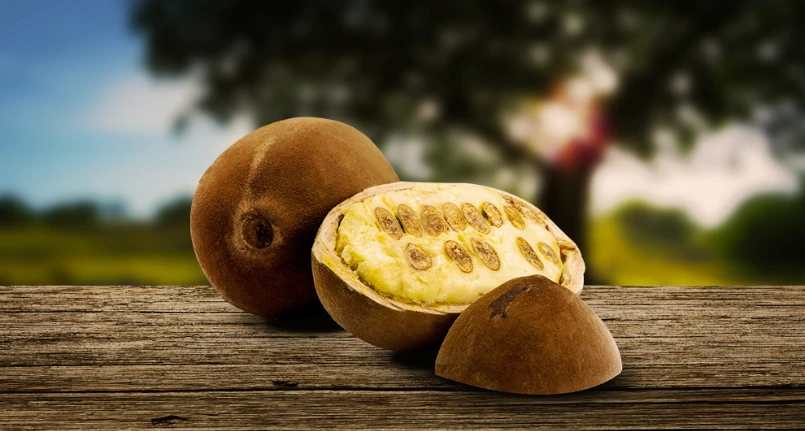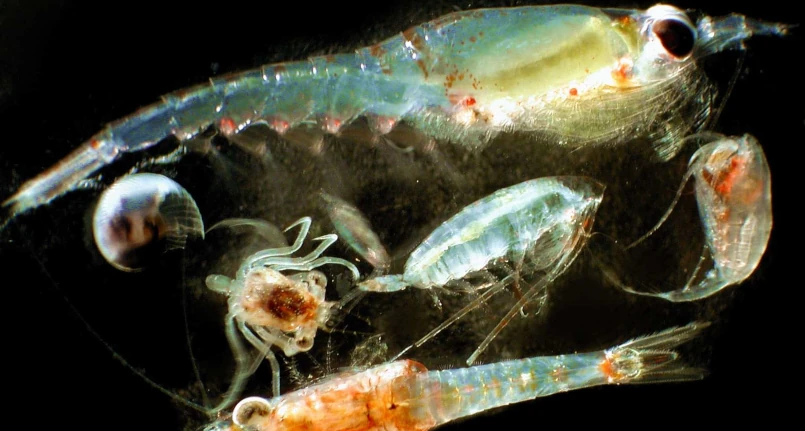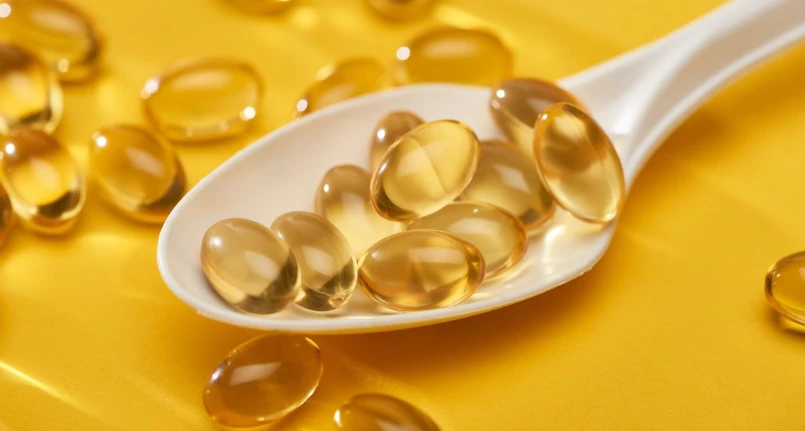What is cupuacu?
In the West it is poorly known, but this fruit with an extraordinary and exotic flavor is a real panacea for the body. Cupuaçu, this is the name of the supernourishing fruit that has been present in the diet of the populations of South America for centuries, is mainly grown in Colombia, Peru and Northern Brazil. The cupuaçu is a tree of tropical rainforests, and is something of a national pride for the Amazon area of Brazil. As the scientific name Theobroma grandifolium suggests , cupuaçu is related to cocoa ( Theobroma cacao): these are, in fact, typical species of the Amazon forest belonging to the genus of Sterculiaceae .
The cupuaçu trees are quite tall, reaching about twenty meters. They are covered by dark leaves, which are also of considerable size (up to 30 centimeters). The fruits are oblong, brown, about 20 centimeters large and can weigh up to two kilograms. Inside the shell, hard and woody exocarp, is the white, creamy and fragrant pulp. Its flavor is described as simply delicious and aromatic, enveloping: it can vaguely recall that of pineapple , banana and cocoa together. An interesting fruit from an organoleptic point of view , which boasts numerous beneficial properties, so much so that it is recognized as a superfood .
Did you know that…
In the local Amazonian languages the term “cupuaçu” means “fruit of the gods” . There are even marketing rights on this national delicacy: cupuaçu has a sort of “patent” claimed by Brazil. Cupuaçu butter, available mainly online, costs around 15 euros per ounce .
Properties of cupuaçu
A fruit with notable recognized beneficial properties. In South America cupuaçu is consumed as a nutritious food for breakfast , precisely because of the energy it is able to guarantee. Precious for the body, it helps to support the immune system .
100 g of cupuaçu contains
- 250 kcal
- Fat 2.5 g
- Carbs 52g
- Fibers 2g
- Protein 6g
Cupuaçu contains theacrine, recognized as a powerful antioxidant , anti-inflammatory and analgesic . Unlike cocoa of which it is a close relative, however, it does not contain caffeine and theobromine . It is rich in fibres , amino acids , fatty acids including omega-3 and oleic acid ( Omega 9); vitamins (A, B, C, E) important for the formation of collagen fibers, and minerals such as iron . It is rich in tannins and flavonoidssuch as: catechins , with antioxidant and astringent properties ; quercetin , which has an antioxidant , anticancer action ; kaempferol effective against diabetes , leukemia and numerous forms of cancer, and theograndine.
The various beneficial properties include:
- Antioxidant
- Anti-inflammatory
- Painkiller
- Astringent
- Regulate blood sugar levels
- Contrasts bad cholesterol
- Regulates blood pressure (beneficial in case of hypertension )
- Against cardiovascular diseases
- Regulates liver functions
- Anticancer (the assumption of cupuaçu has demonstrated positive effects in case of cancer of the oral cavity, breasts , bone marrow, liver , skin ).
- Soothing, emollient and nourishing used in cosmetics for skin and hair
Uses in the kitchen
Finding fresh fruit in Italy is not easy at all, not even in ethnic food shops where you can often find very rare tropical fruits . In European herbal shops and agri-food markets (often online) the pulp is sold in the form of puree or cupuaçu butter . The white pulp, homogeneous at first sight, is actually divided into small sections, each of which covers a seed. In the kitchen, the pulp is used for the preparation of juices, sauces, desserts and ice creams .
Forbidden for animals
This fruit is absolutely to be avoided for animals. The reason lies in the toxicity of some secondary metabolites contained in the pulp of the fruit which have, in fact, a rather high intoxicating action in domestic animals , given their difficulty in metabolizing these molecules.
Cupuacu butter
A super butter is also obtained from cupuaçu , obtained from the seeds with a cold pressing method : a soft emollient substance with a high nourishing power, used in cosmetics in the formulation of creams, ointments, balms , soaps, make-up products or for massages, which hydrate the skin. The merit of the cosmetic power of this butter lies in the beneficial fatty acids it contains, including palmitic , stearic and oleic acids, combined with vegetable polyphenols and sterols .
The properties of cupuaçu butter are:
- nutritious,
- soothing ,
- invigorating,
- elasticising,
- antiaging,
- emollient,
- protective .
Applied in minimal quantities to the skin, it instantly moisturizes it and is easily absorbed. Ideal for those with mature, dry skins , but not only, for those with scars to smooth, acne , dermatitis , or impure skin. The skin is moistened , and then it is applied delicately with light massages. It turns out to be a perfect night cream.




